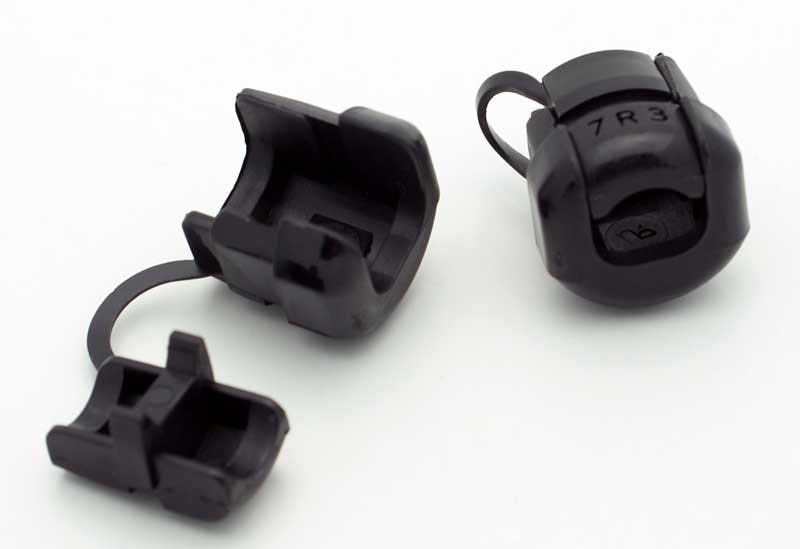 Unless you live completely off the grid, your home is probably prone to what can be considered a universal malady: out of control cabling. You see different cables in ugly snarls on the floor or hanging behind expensive electronic appliances and equipment. Not only are they an eye sore; they can also be damaging and downright dangerous.
Unless you live completely off the grid, your home is probably prone to what can be considered a universal malady: out of control cabling. You see different cables in ugly snarls on the floor or hanging behind expensive electronic appliances and equipment. Not only are they an eye sore; they can also be damaging and downright dangerous.
Cables typically undergo a lot of stretching, twisting, and bending, which effectively put them through a lot of strain. You’ve probably seen cables sporting torn, split, or cracked casing, which would have probably been caused by much flexing and abrasion. That’s just the way things are. The frequent movement, usually the repeated plugging and unplugging, issues the usual wear and tear on the wires. Such damage could ruin the item the cable is connected to, pose electrocution hazard, or cause a fire. If this is the case, then getting those cables sorted out and maintained is absolutely paramount.
Those who are compulsive about order ordinarily apply the right solutions to avoid the chaos of tangled wires. They have ways to organize, label, and even hide these unsightly cables. More importantly, they also make sure that each one is protected from the expected strain by using strain relief bushing. This practice is something that we should all observe for the protection of our property and for our own safety.
Most of the time, the point of highest strain is right where the cable meets the connector, which is why strain relief bushing is normally sighted along this spot. This small but essential implement is typically made of tough plastic or polyethylene material that is heat- and strain-resistant. It works to absorb the strain placed on the connecting point, allowing your cable to remain flexible and efficient, whether you have round wires or flat ones.
The bushing protects the wire by holding it securely in place, enabling it to withstand the usual bending, knotting, and twisting it is usually subjected to without letting the strain travel all the way to the connector where the break then usually occurs. Strain relief bushings usually have a locking mechanism that allows them to keep the wire in position.
Cables, as you know, come in a variety of diameters, which is why a typical kit holds a selection of bushes that also come with a list of specs and a pair of pliers for easier assembly. These kits are also often used for prototype designing as well as research and testing in the field of electronics. Small though these bushings may be, but they clearly serve a very important purpose.
